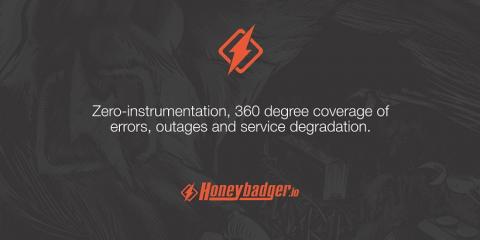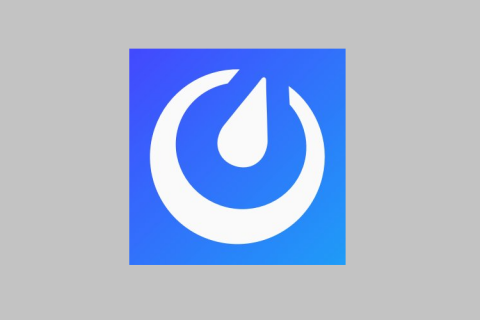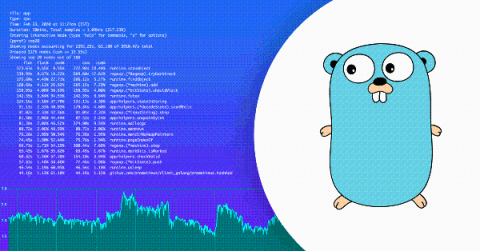Getting Started with the InfluxDB Go Client
There are several ways to write and query InfluxDB v2 (either open source or Cloud). You can use the HTTP API, Telegraf and any of 200+ plugins, or a client library. However, if you’re specifically looking to build an application with a fast way to fetch data concurrently with an easy binary deploy then — you guessed it — you’d probably want to use the InfluxDB Go Client.










